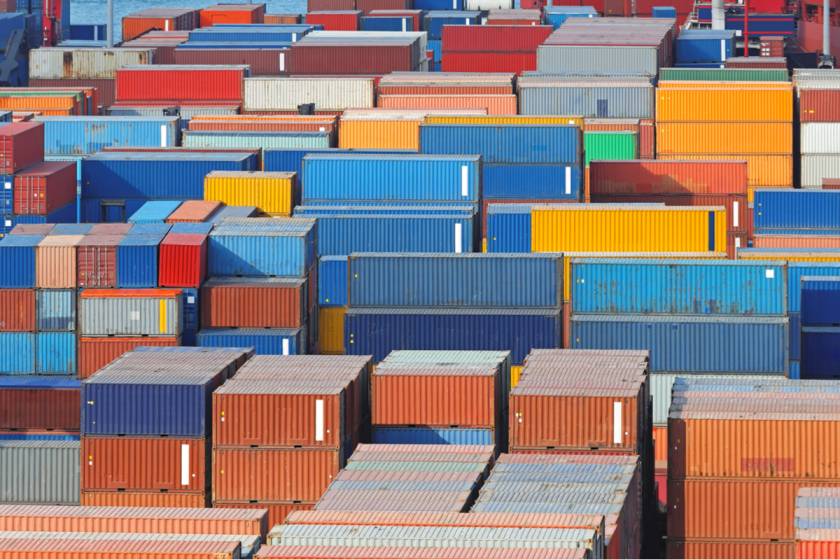Tips On How To Pick The Best-Sized Container for Shipping Your Goods



Containerization and garment export
Container shipping today roughly accounts for 60% of international maritime trade or about 12 trillion dollars. This has become an easy, safe, and cost-effective solution for traders.
It has simplified international trade, but container shipping has become complex, and deciding on the right type of container to ship your goods is critical to any trade. Here, we discuss how to go about choosing the right type of container for your goods.
Before deciding on which container to use for shipping, one needs to visit the container yard to take a look at the different containers. For people in the garment export business, the process should involve the examination of as many containers as possible.
While visiting the container yard, you should make sure that there is enough variety to choose from. Otherwise, the visit won’t be worth it. Consider taking pictures of the containers while selecting.
Explain to the seller’s representative exactly how you want to use the container, the delivery time, as well as your budget. This reviewing of requirements with the seller is a necessary step in the whole process, although it might seem trivial at first. Ask the supplier to show the truck that will be used for transporting the goods, this will give you a clearer picture of the size of the required container.
How to pick the best-sized container?
First, take a look at the doors and the sides. Check for any odors that may be there in the container. Also, look at the color of the container. Do not hesitate to reject the container if there are any dents or if the exterior is not appealing. It is also important to check the floor for any soft areas.
Exterior factors to consider
After narrowing down to one or two containers, give more attention to detail. Check the exterior walls, roof, and doors.
Roof: Most yards have their own way of allowing you to inspect the roof. You don’t have to walk up to it. There is a chance of rust build up in corners due to water pooling in dents.
Exterior walls: There might be cuts in the walls and one has to examine carefully paying attention to detail. It is difficult to detect them from the inside. There might be patches that could be a problem in the future. The walls must not be curved or bent from anywhere. The rails at the top should be straight and in good condition.
Doors: The locking rods must be straight and not bent and should be able to swing freely. You should be able to operate the doors without much effort. Also, the gasket seals must not be damaged in such a way as to allow water to enter.
Having thus checked the container one can proceed to seal the deal.
Location and size factors to consider

For the vast majority of goods that need to be shipped, the standard dry shipping container would suffice. This standard dry shipping container has doors at one end only and is the most frequently used container for garment exports. There are other types of containers but this container is ideal for most businesses shipping goods internationally.
Flat Rack Freight Container: These are typically used for transporting heavy equipment such as heavy machinery, construction goods, and industrial equipment. They don’t have a roof and usually no sides. Some of these containers have upright ends. Others are merely a platform. In some cases, they may have collapsible ends for increased adaptability with different cargos.
High Cube Container: This is almost identical to the standard dry shipping container except that it is a foot taller and can hold 76 cubic meters of freight compared to 67 cubic meters of the standard dry container.
Tunnel container: It has doors at each end making it easier to stuff and remove goods than a standard dry container. They will fulfill your requirements when you need to load or unload goods quickly.
Open Top Freight Container: This lies in between the standard dry container and high cube container in terms of size. The top of the container is covered in tarpaulin and is not open as the name suggests. It can be loaded and unloaded from above.
Open Side Shipping Container: Here one side of the container is hinged at four places thus allowing access from an entire side. This is especially helpful when forklifts are used to load or unload goods on pallets.
Even if only a few clothes are to be shipped, it is better to book an entire truck for transporting the goods as it will prevent mixing up with packages of other brands. This is especially noteworthy while shipping within Europe. The goods are shipped directly to the destination without stopovers. Luckily, in garment export, letting your international shipping company or freight forwarder know your requirements would be enough, as they will take care of the right container to choose. As long as they are aware of the type of goods to be shipped and their weight, dimension, and volume, you can leave it to them to arrive at an optimal solution.



















